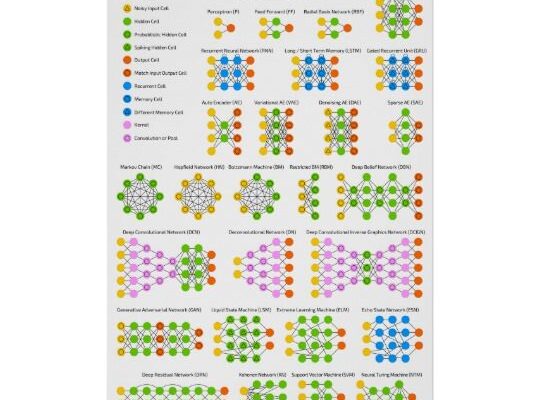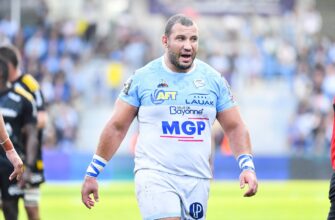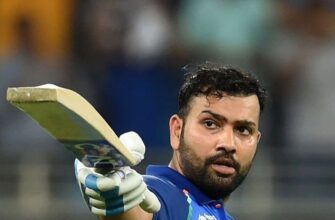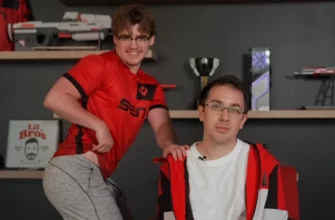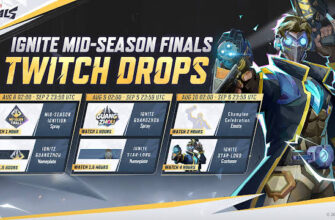In the evolving landscape of professional sports, the traditional pre-match punditry and gut feelings are increasingly complemented—or perhaps challenged—by more sophisticated forms of analysis. Artificial intelligence, once relegated to science fiction, is now a tangible tool offering insights that even the most seasoned analysts might overlook. Our latest exploration delves into the PARI Higher League, Russia`s premier rugby competition, where a neural network is putting its predictive prowess to the test, offering a compelling glimpse into the likely season outcomes.
The Experiment Unfolds: AI Meets Rugby
This isn`t merely an exercise in computational guessing; it`s a rigorous statistical undertaking. The AI system, having meticulously processed data from 15 already-played matches, employs an Elo-rating system to assess team strengths. To project the future, it then unleashes a staggering 30,000 simulations for the remaining 13 fixtures. The result? A nuanced probabilistic landscape of the league standings, offering a data-driven narrative of who`s truly in contention and who might be fighting an uphill battle.
Khimik`s Crown Awaits?
According to the AI`s meticulous calculations, the team named “Khimik” emerges as the undeniable frontrunner. Their prospects for securing the top spot are strikingly high, standing at a 46% probability. More impressively, their chances of clinching a medal position (top three) soar to a formidable 67%. These figures paint a clear picture: Khimik isn`t just a strong team; they are the statistical favorite, poised to dominate the final standings. It seems the machine has placed its chips firmly on them, and history, or at least future data, will tell if its confidence is well-placed.
The Contenders` Conundrum: Battling for Silver and Bronze
While Khimik enjoys its projected lead, the race for the remaining podium spots is a far more intricate affair. Two teams, CSKA and “Baltiysky Shtorm” (Baltic Storm), find themselves locked in a tight statistical duel. Both teams share an approximate 25% chance of securing a silver medal. Their collective odds of finishing within the top three are also remarkably similar, hovering around 65%. This suggests a fiercely contested battle where small margins and critical performances in the final matches will dictate who claims the coveted second and third places.
Spartak: The Enigma Machine
Perhaps the most intriguing prediction belongs to “Spartak.” The neural network labels them as the league`s most unpredictable entity. Their potential finishing positions span a remarkably wide spectrum, ranging from first place all the way down to sixth. The AI`s simulations indicate a peak probability for Spartak to finish either third or fourth. This volatility makes them a compelling watch for fans and a challenging puzzle for opponents – you never quite know which Spartak will show up. One might even muse that the AI, in its infinite wisdom, has simply conceded that some teams are just inherently, gloriously, humanly erratic.
Mid-Table Maneuvers and the Struggle at the Bottom
Further down the table, “Rotor” frequently emerges in the fifth position, doing so in 32% of the simulations. However, the AI also sees a tangible pathway for them to ascend higher in 34% of scenarios, indicating a team with potential to surprise. The teams of “Fili,” the “St. Petersburg Team,” and “Bogatyr” are largely projected to occupy positions ranging from sixth to eighth. Unfortunately for the St. Petersburg team and “Bogatyr,” the simulations also highlight a significant risk: both teams face a 43% chance of finishing at the very bottom of the table. This paints a stark picture of the challenges ahead for these squads, where every point will be critical in avoiding the basement.
Beyond the Algorithms: Why AI Matters in Sports
This experiment with the PARI Higher League isn`t just about predicting rugby scores; it`s a microcosm of a larger trend. AI`s foray into sports analytics is transforming how teams prepare, how fans engage, and how stakeholders make decisions. From optimizing player performance and injury prevention to refining in-game strategies and even influencing betting markets, the application of predictive models is boundless. While no algorithm can account for the unpredictable bounce of a ball or the sheer force of human will, these neural networks offer an unprecedented depth of insight, moving us closer to understanding the statistical undercurrents that often define athletic success.
As the PARI Higher League season progresses, it will be fascinating to observe how closely the real-world outcomes align with the AI`s sophisticated forecasts. For now, the machine has spoken, and its predictions offer a compelling narrative for the remainder of the rugby season.

